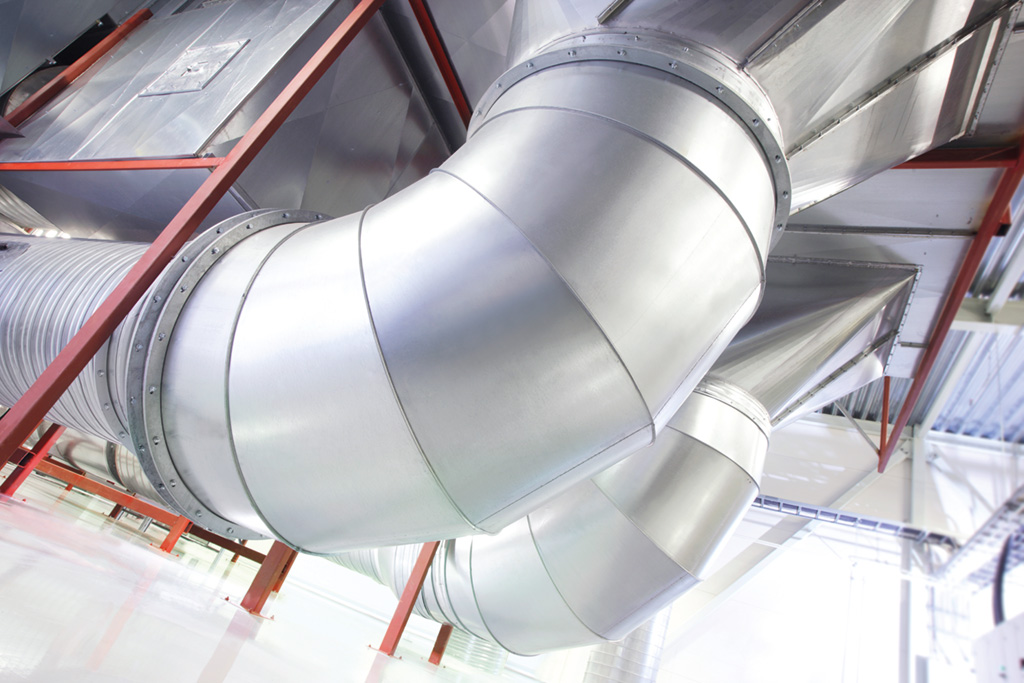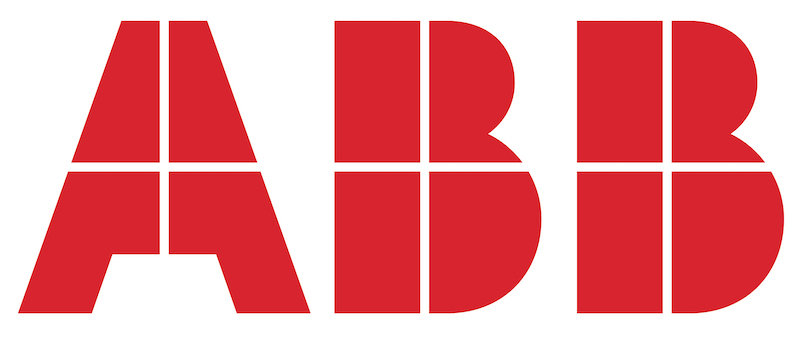EC fans are promoted as a more energy efficient solution for cooling in facilities such as data centres, but the reality might be more complicated as Carl Turbitt of ABB explains.

Energy costs can account for a large proportion of a building’s upkeep, and in specialist facilities like data centres, this figure can be as high as 40%. Much of this is due to cooling requirements and the large number of fans needed to keep temperatures low.
In general, there are two main types of fan technology on the market: motor and drive configurations, and EC fan assemblies. Both are capable of precise speed control and optimisation of plant, which can therefore save you money on your energy bills.
EC fans may appear cheaper up front, but when you consider the cost over the lifetime of the asset, the motor-drive package will generally come out on top. Having two separate devices rather than one aids with heat dissipation, resulting in less wear on components, and a longer lifetime. Moreover, when it comes to replacing an EC fan, you will often be locked into a particular configuration and a particular manufacturer, which in turn could put you at the mercy of long lead times since EC fans are often made to measure. Conversely, if a drive or motor fails, it can typically be replaced off the shelf with a similar product from any major manufacturer.

It may seem counterintuitive, but having two devices rather than one can also increase simplicity, as multiple fan motors can be run from the same drive. An EC fan on the other hand requires each fan to have its own drive, which can get complicated in data centre fan arrays with large numbers of units. It also requires additional overload protection.
EC fans have a limited power rating, therefore a fan array will typically require several of them to reach the required airflow levels. This could mean more potential points of failure, whereas a drive and motor can go up to 250kW without breaking a sweat, providing more power with less complexity.
Harmonics can be a big issue in data centres. These are distortions in current and voltage which can result in nuisance trips and equipment misbehaving or failing. It is a widespread problem, but one that can be underestimated in the building services industry – that is until something goes wrong. Modern variable speed drives typically have harmonic mitigation built in, and in the case of ABB’s Ultra-Low Harmonic (ULH) drive, have a significantly reduced harmonic content compared to conventional drives. In contrast, EC fans not only produce harmonics, but have no in-built mitigation, and so if harmonic content is too high additional harmonic filters may be required.
EC fans may be efficient, and cost less up front, but in practice they may not be able to provide everything you need for an effective, reliable and sustainable cooling solution. When you consider the overall package in terms of reliability, longevity, simplicity and versatility, a drive and motor could well be the more cost-effective and sustainable option in the long run.

To learn more and download our white paper, visit: bit.ly/3VWHidq

